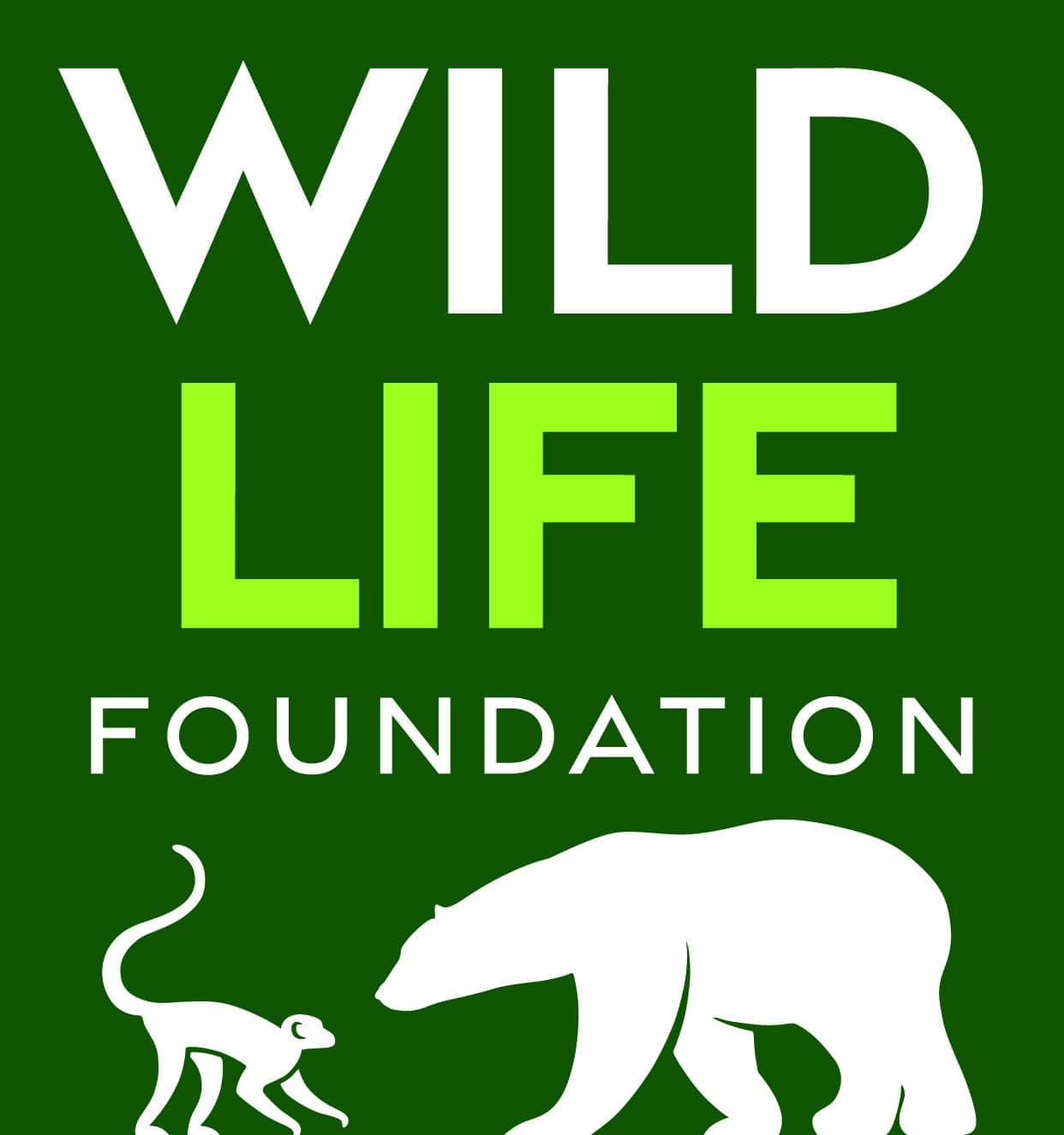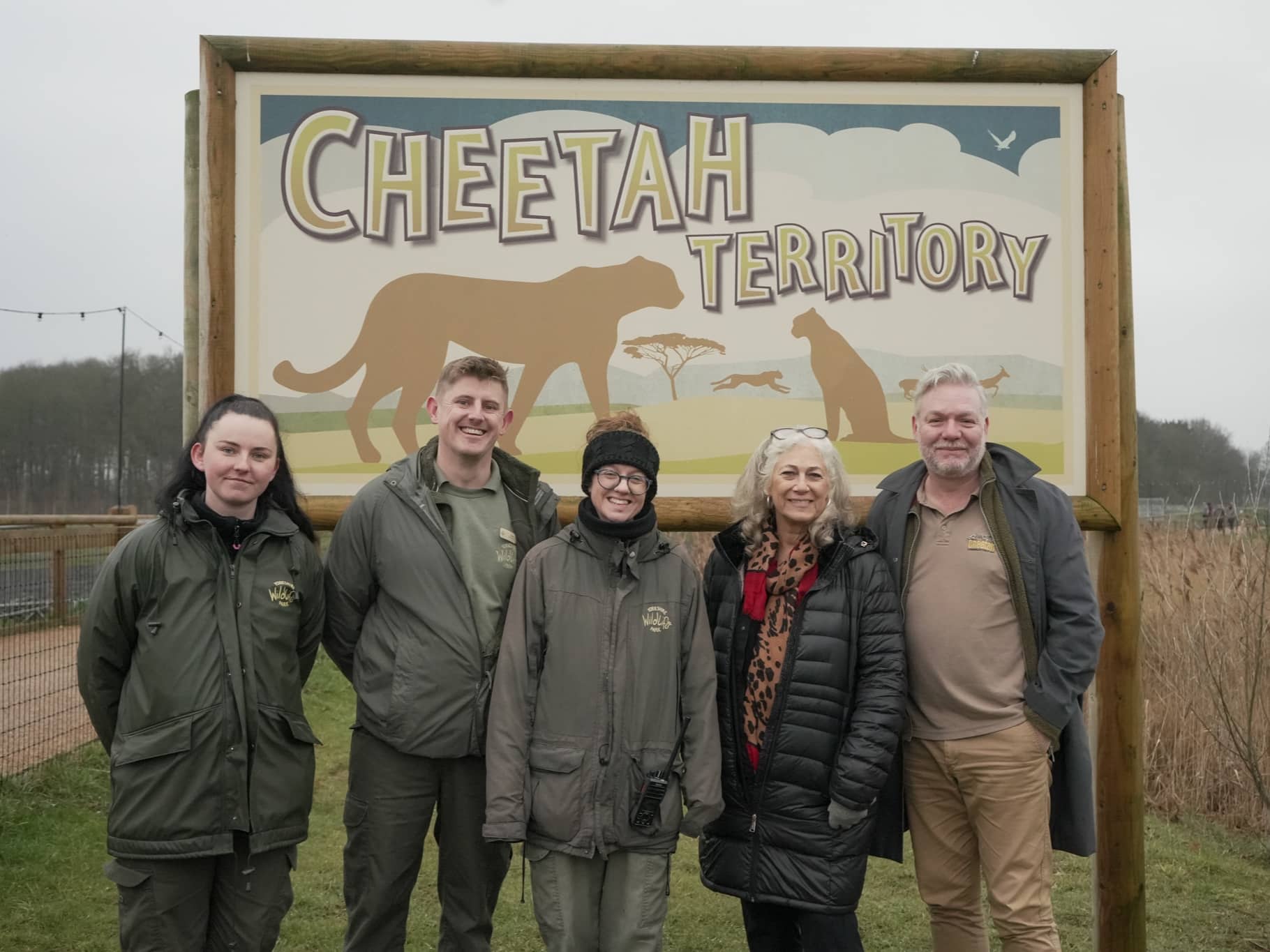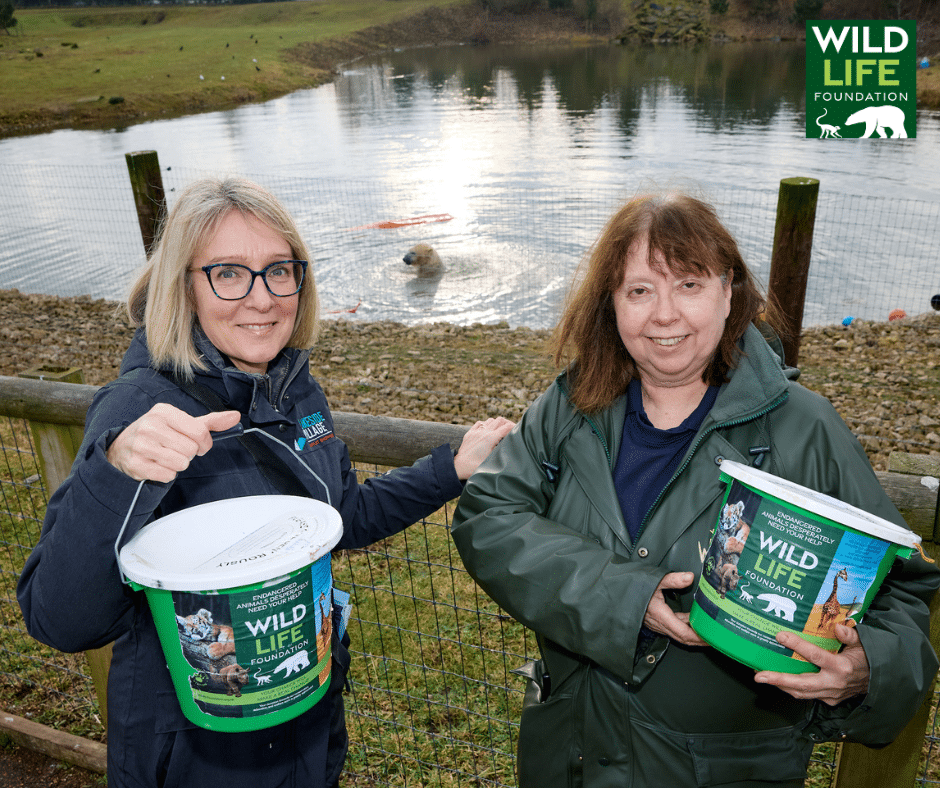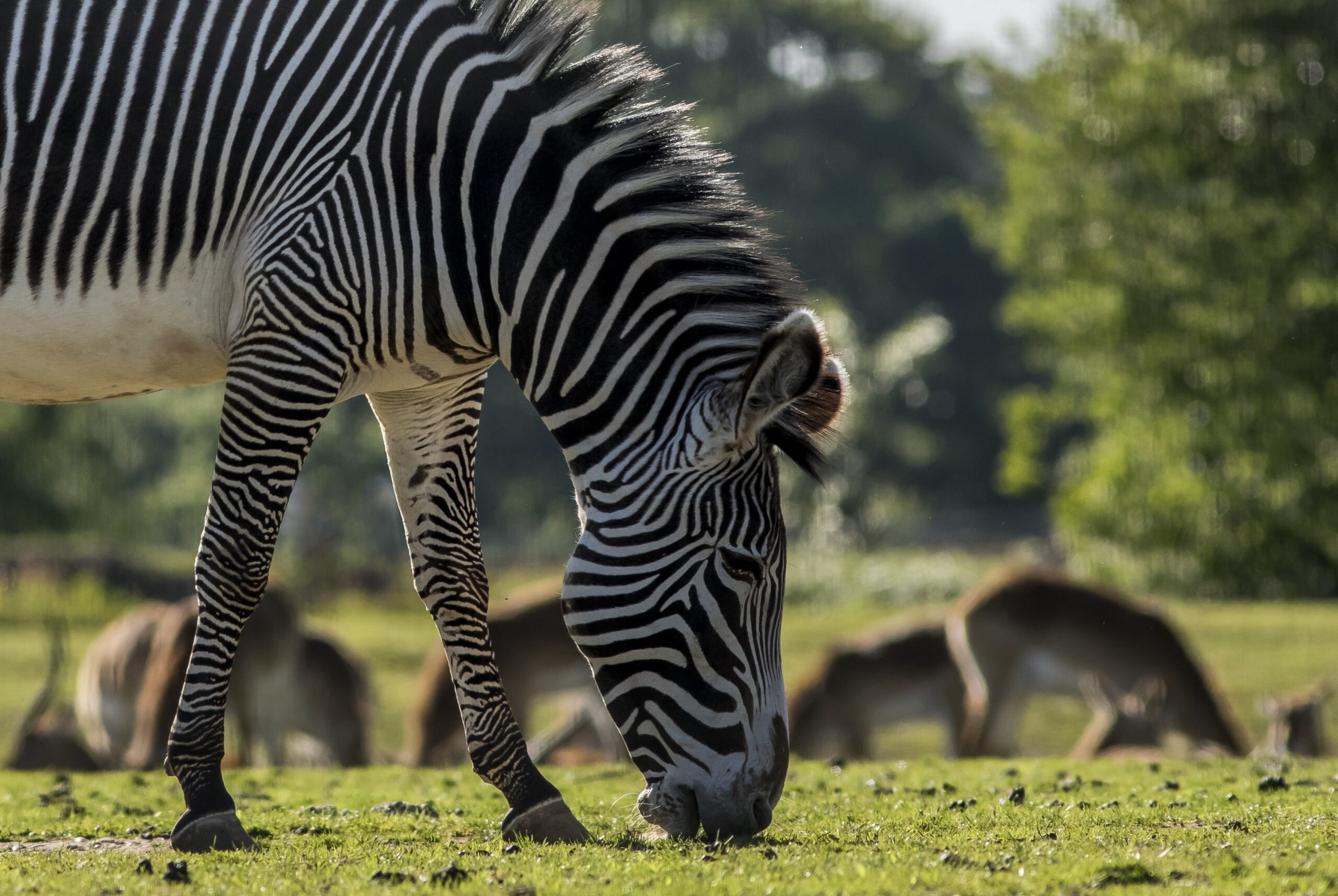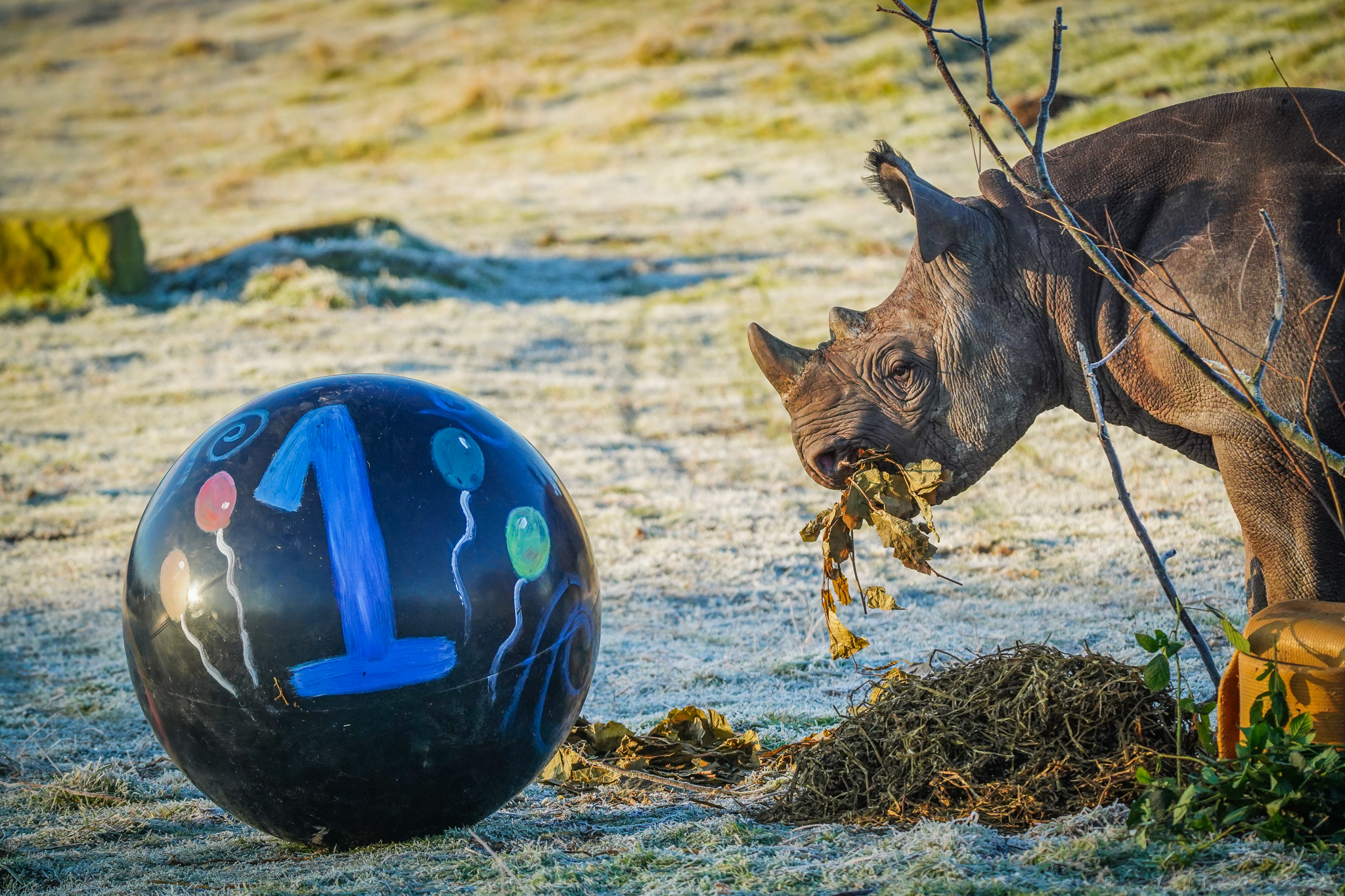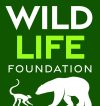Okapi are fascinating animals and are often referred to as the ‘Forest Giraffe’ due to their Zebra-like stripes and their Giraffe-esque tongue. The even-toed mammals are native to the north-eastern rainforests of the Democratic Republic of the Congo in Central Africa and are shy, solitary and elusive animals.
Male Okapis average around 2.5 metres (about 8 feet) long and stand about 1.5 metres (about 5 feet) at the shoulder. Adult males typically weigh around 250–300kg (about 650 pounds). Adult females are slightly taller and weigh a little more than adult males.
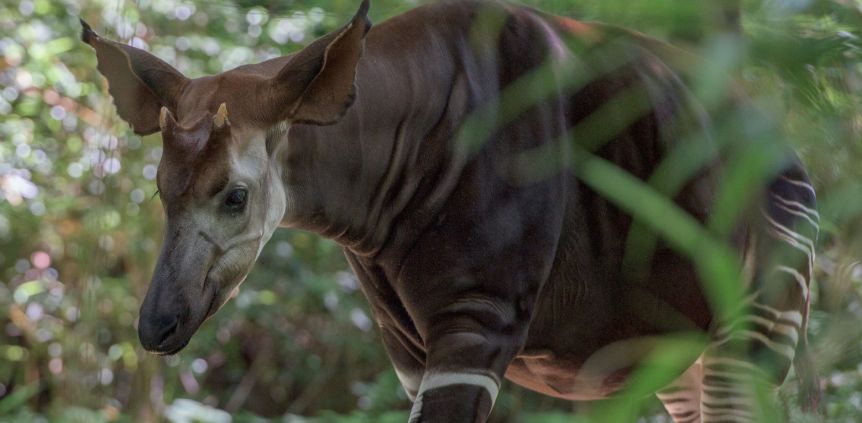
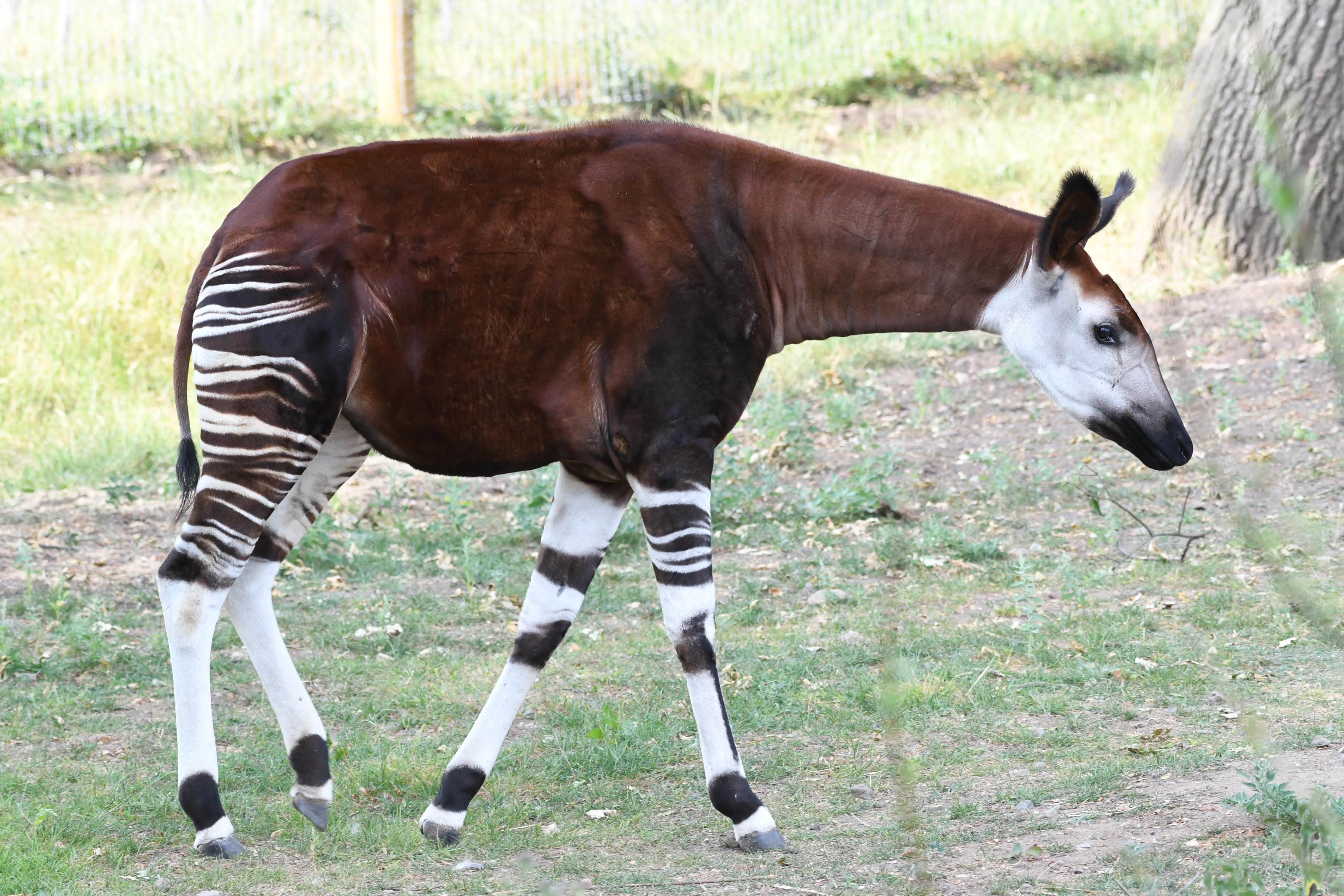
Okapis’ feed on leaves, buds and shoots of more than 100 different species of forest plants that are poisonous to humans as well as grasses, fruits, ferns and fungi. They are the only species of forest ungulate which depends on forest floor foliage.
Sadly, the latest estimations from scientists is that fewer than 4,500 individuals live in the wild with the population drastically falling by over 40% between 1995 and 2007. Therefore, the IUCN Red List classifies the species as an Endangered in the wild. The species is most concentrated in the forests of the Ituri, Aruwimi and Nepoko basins. The amazing species are vulnerable to large-scale intensive disturbances such as tree logging and human settlement and in some regions, Okapi are also hunted using cable snares for their skins and meat.
Yorkshire Wildlife Park is home to male Nuru and young female Ruby. They arrived at YWP in May 2018. YWP hope that when Nuru and Ruby reach sexual maturity they will be able to mate and help strengthen the number of Okapi within the European breeding programme. At the moment there are less than 70 Okapi within the programme across Europe.Donate today!
